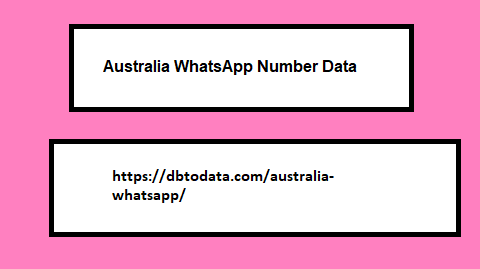Post by account_disabled on Mar 1, 2024 20:42:26 GMT -8
Last year we used the word "virtual" to describe what 2021 would be: a year during which, in the wake of what happened in 2020, the contact-free society could, and should, become normal. And so it was. What will be the keyword of 2022? Hybrid . Why? First of all because today the time seems to be ripe to see the concept of "new normal" which has been talked about since the beginning of the pandemic itself materialize. A "new normality" which sees a return to the physical dimension accompanied, however, by a different weight attributed to the digital one, given the preponderance of the latter between 2020 and 2021. 2022 , in all likelihood, will be the year in which work will be hybrid, in which purchasing will be hybrid and in which technologies will be hybrid . Moreover, the metaverse entered the conversations of all those involved in the digital world after Zuckerberg's announcement, who changed the name of his holding company from Facebook to Meta to make clear the company's commitment to wanting to make the metaverse a reality , is nothing more than a further step towards a hybrid dimension in which the physical world and the digital world are in all respects.
two sides of the same coin that enrich and complement each other. So what will be the key digital trends of 2022? In this article we will talk about: Hybrid Work: Work methods are becoming hybrid Hybrid Shopping: physical stores integrated with e-commerce Hybrid Technology: increasingly user friendly experiences digital trends 2022 1. Hybrid Work: Work methods are becoming hybrid Starting from 2020, a lot has been said about smart working - or agile working, or remote working - and a lot has also been done: in 2019 there were 570 thousand Italian smart workers registered , in 2020 there were more than 6 million , while in third quarter of 2021 were just over 4 million . Does this mean that Australia WhatsApp Number Data smart working is gradually disappearing? No, it means that working methods are becoming hybrid and that smart workers will be smart not in response to a health emergency, but due to a new work philosophy embraced by organizations and which sees the balance between on-site work and at a distance an essential critical success factor.

Furthermore, a real evolution driven by the rethinking of managerial processes and systems in the name of flexibility and meritocracy. The result? More autonomous workers with greater responsibility for results. According to the most recent data shared by the Smart Working Observatory of the Polytechnic of Milan , smart working will remain or will be introduced in 89% of large companies, in 62% of PAs and in 35% of SMEs, among the latter it seems to be more there is a strong tendency to go back compared to the acceleration experienced in response to the pandemic. In general, during 2021, for 39 % of workers , their work-life balance improved, 38 % felt more efficient in carrying out their jobs and 35 % more effective , according to 32%, trust between workers increased managers and collaborators and for 31 % communication between colleagues. But as often happens in life, too much is a cripple: long periods of forced working from home have led to a reduction in the percentage of fully engaged smart workers and fueled both technostress and overworking . So what will smart working look like in 2022? In large companies, remote working.
two sides of the same coin that enrich and complement each other. So what will be the key digital trends of 2022? In this article we will talk about: Hybrid Work: Work methods are becoming hybrid Hybrid Shopping: physical stores integrated with e-commerce Hybrid Technology: increasingly user friendly experiences digital trends 2022 1. Hybrid Work: Work methods are becoming hybrid Starting from 2020, a lot has been said about smart working - or agile working, or remote working - and a lot has also been done: in 2019 there were 570 thousand Italian smart workers registered , in 2020 there were more than 6 million , while in third quarter of 2021 were just over 4 million . Does this mean that Australia WhatsApp Number Data smart working is gradually disappearing? No, it means that working methods are becoming hybrid and that smart workers will be smart not in response to a health emergency, but due to a new work philosophy embraced by organizations and which sees the balance between on-site work and at a distance an essential critical success factor.

Furthermore, a real evolution driven by the rethinking of managerial processes and systems in the name of flexibility and meritocracy. The result? More autonomous workers with greater responsibility for results. According to the most recent data shared by the Smart Working Observatory of the Polytechnic of Milan , smart working will remain or will be introduced in 89% of large companies, in 62% of PAs and in 35% of SMEs, among the latter it seems to be more there is a strong tendency to go back compared to the acceleration experienced in response to the pandemic. In general, during 2021, for 39 % of workers , their work-life balance improved, 38 % felt more efficient in carrying out their jobs and 35 % more effective , according to 32%, trust between workers increased managers and collaborators and for 31 % communication between colleagues. But as often happens in life, too much is a cripple: long periods of forced working from home have led to a reduction in the percentage of fully engaged smart workers and fueled both technostress and overworking . So what will smart working look like in 2022? In large companies, remote working.
